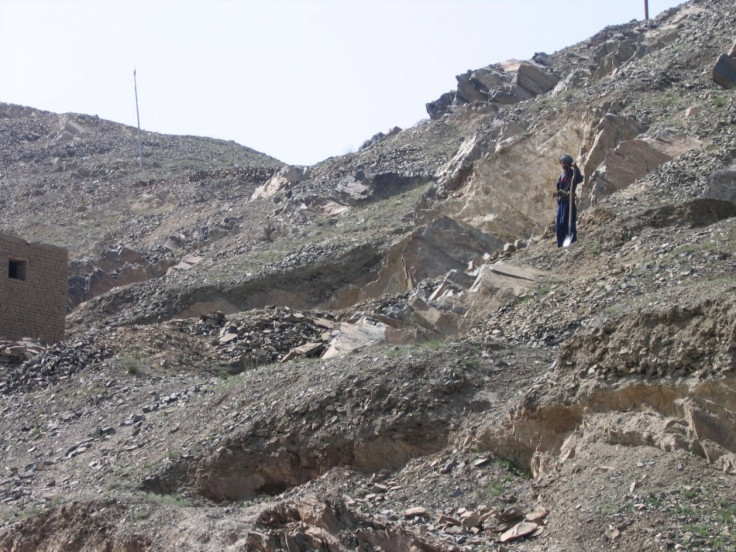USGS Finds 'World-Class' Gold, Iron Deposits in Afghanistan

The war-ridden country of Afghanistan can take comfort from a U.S. Geological Survey report demonstrating a wealth of mineral resources that could boost its economy if peace ever returns.
USGS, working with its Afghan counterpart and the Department of Defense, conducted a 2009-2011 survey that found volumes of information about areas of high mineral potential in Afghanistan, including rare earth elements, gold, iron and copper.
The USGS is exceptionally pleased by the contribution we have been able to make to future development of Afghanistan's world-class mineral resources, made possible through the application of modern remote-sensing tools, said agency Director Marcia McNutt.
Afghanistan's ambassador to the United States, Eklil Hakimi, said the lure of profits will encourage companies to hurry up.
As you know, people who want to make money, they do not want to wait, Hakimi told the Voice of America.
He said the sooner companies get started, the sooner the money and jobs can flow into Afghanistan's troubled economy.
That is the ultimate goal, to make sure that this wealth that belongs to the people of Afghanistan, ultimately that they can get the benefit from it, he said.
Hakimi also wants a fair share of the profits to go to ordinary people, not just foreign companies or officials.
The study found major gold deposits in southeastern Afghanistan's Badakhshan area with the capacity of as much as 958 kilograms. Apart from gold, the area also has silver, copper and uranium as minor or possible commodities.
In 2002, the USGS compiled a digital inventory of more than 1,079 mines and mineral occurrences in Afghanistan, of which 112 were gold-related.
Deposits of iron will be the second biggest mineral deposit to contribute to transforming the nation's economy. According to the study, the Hajigak area contains 1.7 billion tons of iron and iron ore.
A study in 1960s demonstrated the mineral potential of the region, and estimated, at that time, the Hajigak resource as having a concentration of approximately 62 percent iron, classifying it as truly significant on a global scale.
Among many minerals, Afghanistan also has vast deposits of celestite containing about 1 million tons. Deposits in the Kunduz area are believed to have 76.9 percent concentration of celestite.
© Copyright IBTimes 2024. All rights reserved.











